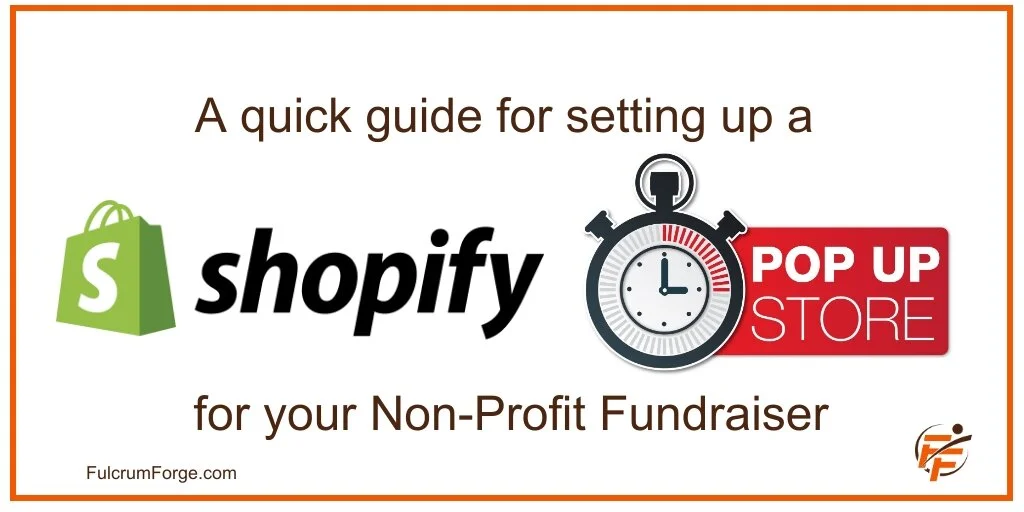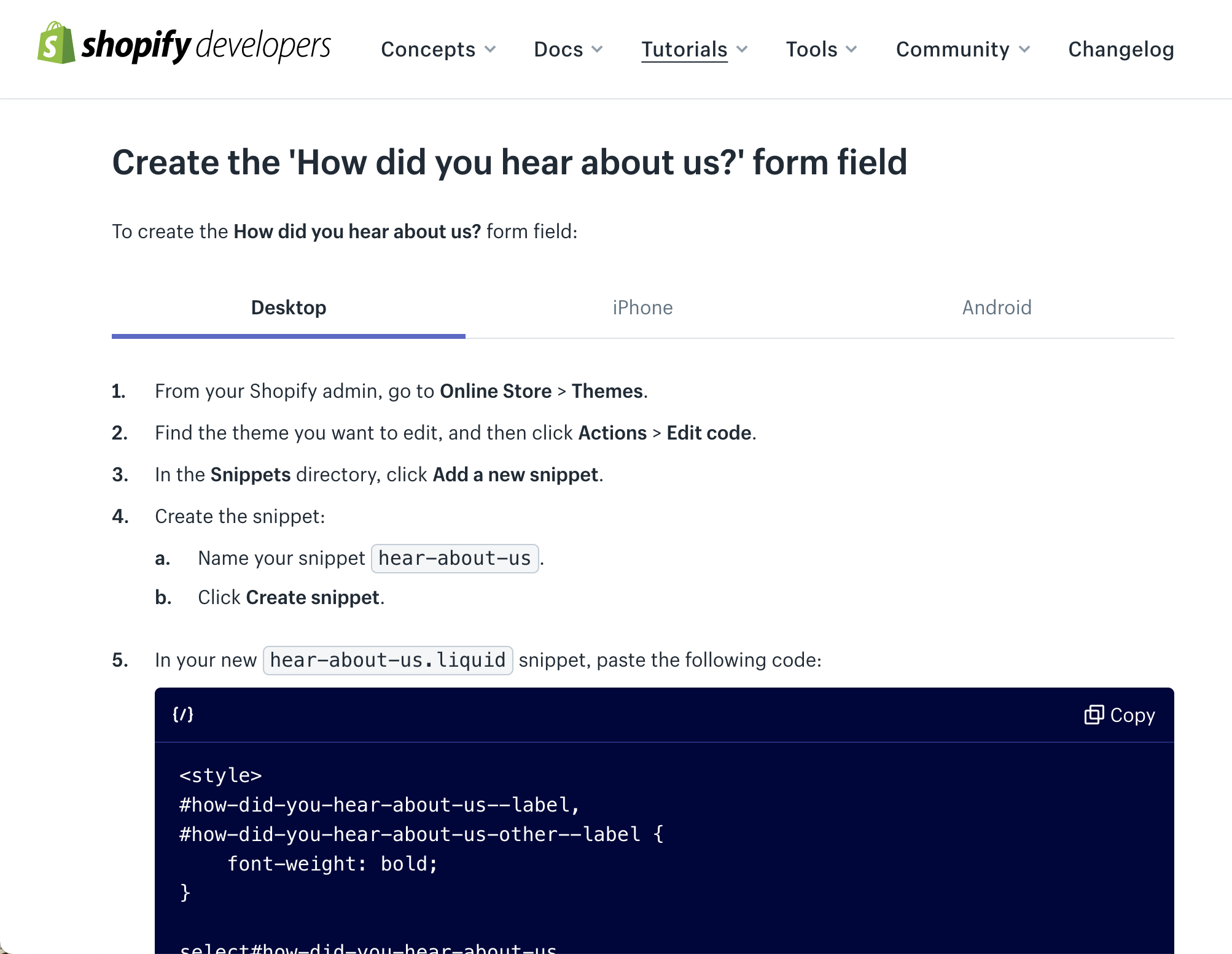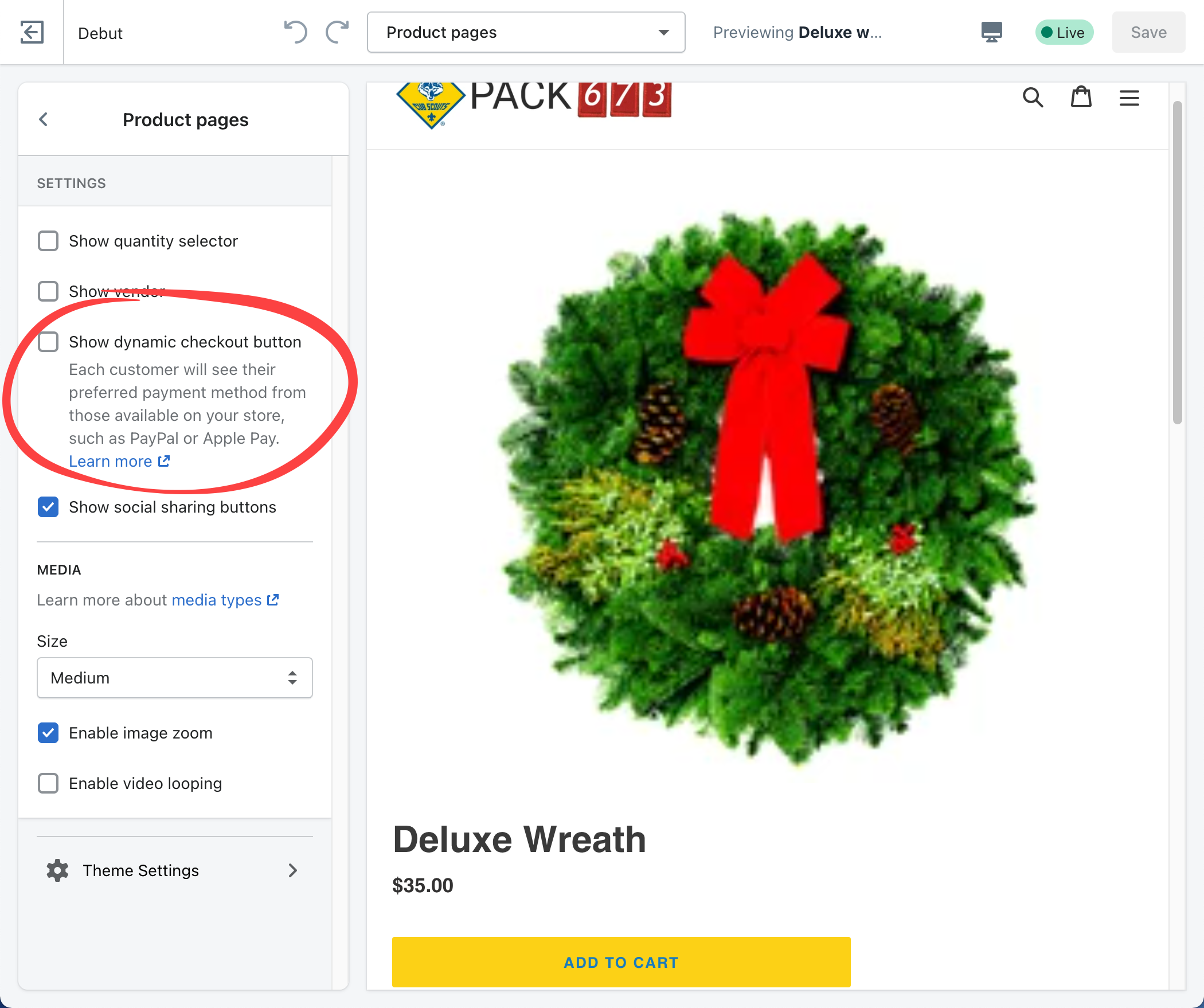My son has been a Cub Scout for five years, and I’ve been his assistant den leader and we’ve had a ton of fun and lots of great experiences in Scouts. In 2021 he will age out of Cub Scouts and move onto Boy Scouts. Like everything in 2020, being his last year in Cub Scouts was challenging. In the spring and summer most in-person events and camps were cancelled. In the fall things locked down further.
This presented a challenge to our Pack as we only run one fundraiser a year. We sell Christmas wreaths and holiday greenery in our local area. Those sales pay for Pack activities for the coming year; the meetings, special outings, the pinewood derby, the Blue and Gold banquet where Cub Scouts moving onto Boy Scouts are celebrated, and some camps.
Normally we get a binder, some sales forms, have the Scouts put on their uniforms and best smiles, and go door to door. Not in 2020. With COVID-19, going door to door was out of the question. Taking a cue from a local Boy Scout troop we set up a Shopify Site to sell our wreaths. I’m calling it a pop-up Shopify site because that’s what it is. It won’t stay online year round, our Pack will only use it for the fundraising drive for about three months this year. While the Cub Scouts hope to be back to going door to door next year, the Pack will keep the Shopify site because it offers additional selling options like shipping products to family members beyond the local area.
My company was happy to set up and manage the Shopify site for our Pack, and we’ve put together a quick guide for setting up a pop-up Shopify site for your non-profit fundraiser.
Pack 673 Shopify home page.
Know Online Image Use Fundamentals
Those of us who spend our days doing web sites, content marketing, lead generation and SEO for businesses have some fundamentals etched in our brains, for those of you who don’t here’s a few of the big ones to keep in mind for a pop-up Shopify site (or any other site for that matter):
Use hi-res images: Your site has to look good on large and small screens and Shopify recommends 2048x2048 pixels. Poor resolution images may look blurry or pixelated, and may not allow customers really see your products.
Make sure you have the rights to use images: If you didn’t take the pictures or create the images, they aren’t yours. This goes to image copyright and fair use laws, and that governs what images you can use on your website. This is a good article that runs through how copyright and fair use work. If you use someone else’s images, they might ask you to take it down.
TIP: Use images you and other members of your non-profit take explicitly for use with your site. Not only will you have rights to use those images, it will make your site more authentic.
Make sure you’re COPPA compliant. Just when you thought it was safe to use the images you take, you need to make sure those images comply with the Children’s Online Privacy Protection Rule (COPPA). You should review the rule, and the frequently asked questions but essentially, notify parents and get their consent before taking pictures of their children or posting them online, honor parents requests on an ongoing basis, and use reasonable procedures to protect images and all other information about children.
Keep the Design Simple
Use images that show off who your non-profit is, and what it does. Use short, descriptive text to explain how funds raised will be used.
Avoid cluttered, busy sites that lead to cognitive overload. Don’t pack pages with images and scrolling text. A few images and short impactful text separated by white space will allow your visitors to focus on the who, what and why of your non-profit, and your product pages will list products.
Avoid third party themes if you’re not familiar as they may have additional widgets and functionality which your site may not need, and might slow page load times for your site.
Tip: Use a well known, widely used theme such as Debut. Those themes have a large community of admins and developers who can share tips, answer questions, provide guidance and recommendations through community forums as you’re spinning up and customizing your site.
Debut theme on Shopify.
Shopify Needs Your Registered Organization Name and Tax ID, no DBAs
With non-profits such as Cub Scout Packs, Boy Scout Troops, and Girl Scout Troops that have been around a long time, some key financial points might be less than top of mind. For example, if your non-profit operates under a DBA, and has for years, the current leadership may not even know the registered name of the organization. Yes, this can happen in all volunteer organizations where the leadership changes every few years as members age out and move on.
This is important for Shopify sites because, in order to use Shopify payments to collect money for orders, Shopify needs your organization's registered name and Tax ID. It will initially accept any name and ID you put in, but that data gets verified on the back end. Admins get warning emails, and alerts in the admin UI if there’s a problem. Shopify gives you some time, about a month, to sort this out, but if you don’t get the right information by the deadline, Shopify payments will shut down.
Read more about configuring Shopify payments.
Selling Your Products
Adding products to Shopify is very easy. Just remember the basics. Use hi-res images, and fill out all product information accurately. Each Shopify store and each non-profit is different, and will have different issues related to products, shipping, tracking and so forth. In this section I’m documenting the issues and decisions we faced, and the tips that came from that:
Inventory and selling while out of stock. Shopify will track inventory data you provide and display messages when items are out of stock. A handy feature if you’re managing inventory and making sales from nventory. Many non-profit fundraisers, however, don’t manage inventory. Sales are made ahead of time, and orders for products are submitted to suppliers by a specified date. This is how our Pack sells wreaths, and how Girl Scout Troops sell cookies in advance. When you have products you’re selling in advance, select the option to Continue Selling while out of stock when configuring the product.
Product Shipping Configuration. When configuring product shipping, you have the option of specifying if the item being sold is a physical product. Checking the box adds options for calculating shipping costs. Our vendor was taking care of shipping on their end. Delivering a truck full of greenery to our local where our Scouts would pick it up for local delivery, and drop shipping, shipped products directly to addresses outside our local delivery area. We left that box unchecked, essentially treating our products like digital products because we didn’t need to worry about shipping.
Inventory and shipping settings.
Managing Local Delivery vs. Shipped Delivery
If you are offering local and shipped delivery, make it very clear which is which, and when each is happening. We used the Shopify collection to create two collections, one for locally delivered products and one for shipped products which had different prices because they included shipping costs provided by our vendor.
We further reinforced the segmentation with our site menu creating two shopping options: Scout Delivered Products and Shippable Products.
We also added text to the page banner for each collection that described how products would be delivered. In addition, we included text at the top of the Shippable Product collection page that had the following information:
Shipping fees that were included.
Where products could not be shipped to.
Instructions to create separate orders for each destination address.
We also linked to a separate page in the site with additional information on shipping times, product freshness and other shipping information.
Shippable products page.
Tip: If delivering across the country or even to different regions in your local area, consider adding a map that shows estimated shipping times.
Shipping times map.
Collecting Donations
No matter what your non-profit is selling, you’re probably going to want to give your customers a chance to donate in addition to buying products. There are several donation apps onShopify’s app network. We went withEasy Donation because the integration worked well out of the box, the code was easy to work with, and it was only $4.99 a month.
Easy Donation app.
The app installed a simple drop-down box at the bottom of the shopping cart. It was very simple to set up, and adding a donation option and allowing you to customize text and other options around it was straightforward. By default, the donation drop-down box can be added to the cart page, product page, or both.
Donation drop-down box in the shopping cart.
We also wanted to add a donation option to the home page for those people who might want to help, but not buy one of our wreaths. To provide the same functionality, including the donation message and nice drop-down box, we copied the HTML from the cart page to a Custom HTML Content section to our home page. This provided the full donation functionality on the bottom of the home page.
Easy Donation drop-down box added to home page.
Sales Attribution
Yes, as a nonprofit with no real salespeople, we had to figure out sales attribution. Allow me to explain. To motivate Scouts to get out and sell each year, our Pack gives each scout gift card worth one dollar for each wreath over 10 they sell. The top three sellers get a little more. Most scouts get $5-$15, and top scouts might get $35 -$45. It’s a small amount but, the Scouts really look forward to it and it generates some healthy competition for the older Scouts.
Going door-to-door Scouts could document their own sales, but with people buying online, we needed a way to attribute each sale to a Scout so they could get credit for the sales they generated as most sales came from Scouts reaching out to their family, friends, and neighbors.
There are a lot of robust, fee based sales and attribution integrations for Shopify, all of which were too complex and expensive for a short-lived pop-up non-profit site. We needed something simple and free. A Boy Scout Troop doing the same thing we were us pointed to a free add-on offered by Shopify, they used to help attribute sales to Scouts. It’s not, strictly speaking, designed for sales attribution, but it does the job, and does it for free.
Shopify’s How Did You Hear About Us snippet.
It’s designed to add a field to your cart asking how your customers heard of you. Like many of these types of widgets, it creates a simple field, with a drop-down box that you can populate with potential responses. We opted to populate this drop-down box with Scouts’ first names. This allowed customers to identify the Scout that helped them. Some Scouts even printed flyers and left them on doors with instructions and the Scout’s name.
Scout attribution implemented.
Since the attribution field was on the shopping cart page, we had to disable the Buy it Now option on product pages to force all purchases through the shopping cart process. You can do this by:
Customize the Online Store
Open Product pages from the drop-down at the top of the page.
Expand the Product page section.
Turn off Show dynamic the checkout button.
Disabling Dynamic Checkout on product pages.
Plan to Get Into Shopify Configuration and CSS
I’m not going to into a lot of detail about the CSS than what’s previously been covered, but it’s worth pointing out if you haven’t gotten the hint, to get your site looking way you want, with the features you want, you will likely need to get familiar with Shopify configuration and CSS.
You will have to learn site settings, and the nebulously named Edit Languages option on your site template to modify the labelling on site options.
Optimize Site Performance
Once your site is ready,.once you’ve got the content up, apps integrated, and payments wired up, and you’ve had some people test the site functionality, it’s now time to optimize your site. Remember, everything you put into your site has to be downloaded and rendered in visitor’s browsers, so before you go live, do the following:
Compress images for better site load times.
Remove any unused or non-essential widgets from the site as that will slow site speed.
Have some people test the site to make sure it’s easy to use. Incorporate feedback as appropriate to make the site better.
Pay Attention to Feedback from Shoppers
As you get the word out about your non-profit fundraiser, be sure to monitor published contact email accounts for feedback from customers as they will catch any problems in the site that you may have missed.
Tip: Open the site up first to the members of the non-profit who helped set up the site to reach out to friends and family to make sales. Then have them poll those first customers to see if the shopping and buying experience was smooth and if they had any issues.
Pausing
Once your fundraiser is over you may no longer need your store, and likely don’t want to continue to pay Shopify fees, but, may wish to keep your store for the next fundraiser. In our case, even once our Pack returns to door-to-door sales, we’ll keep the Shopify site to allow us to easily sell and ship to friends and family outside our local area.
Instead of closing your store, Shopify has some cost effective way for you to pause your store, and preserve the work you’ve put into your store, even if you don’t need it for a while.
Shopify plan details.
You can Pause and Build, or Pause and Step Away Completely. Pause and Build reduces your fees to $9 per month, and allows you to keep working on your site, adding products, updating pages, and site features. Pausing and stepping away completely pauses the site for up to three months with no fees. After three months your site will be moved to the Pause and Build plan.
Document and Handoff
If you’re doing things right, you’re documenting things as you go along, if not, take time to document them before you step away. The membership of many non-profits changes year-to-year. This is certainly true of Cub Scouts as boys and girls age out and volunteers change but can also happen simply because volunteers move away or find they no longer have as much time to donate. Proper documentation allows you to hand off the hard work you’ve done to create your Shopify site to help your non-profit in the future.
Shopify was a great solution that helped our Cub Scout Pack fundraise during COVID. It was easy to set up, and, with the wealth of integrations, tools, and community expertise, easy to customize our pop-up fundraising site. More than that, having our products available online, and providing a shipping option gave us the option of reaching friends and family outside our local area. If your nonprofit is thinking about a fundraiser, a pop-up Shopify site might be worth looking into.













